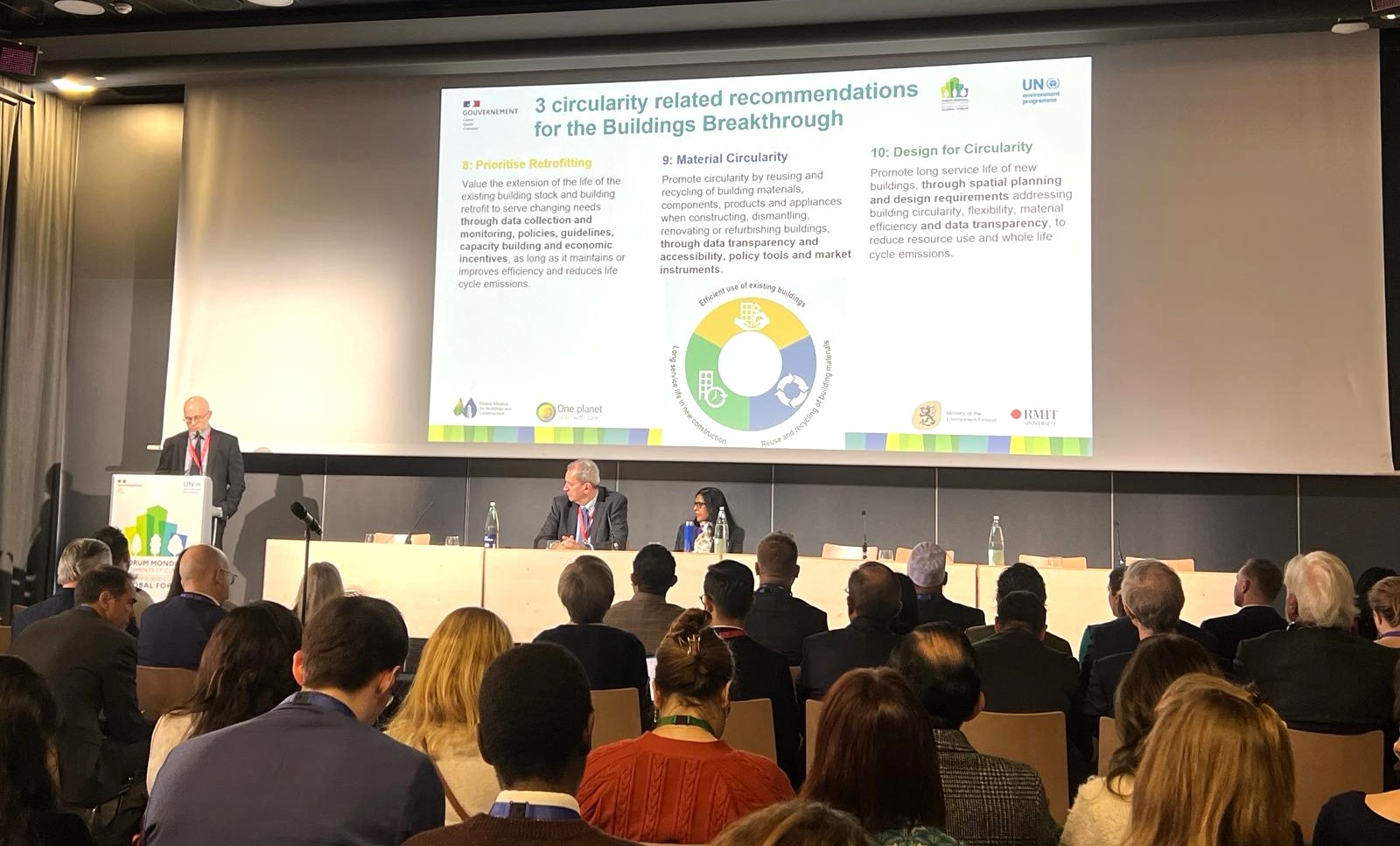Green Public Procurement
With rapid economic growth in the 1970s and 80s, Korea experienced a sharp increase in production and consumption, followed by a series of environmental problems. As Korea lacked natural resources and territory, it became ever more important to reduce waste and to build a circular economy in order to address such problems. Thus, environmentally-friendly production and consumption, throughout the life-cycle of products were necessary. Purpose of green public procurement is to contribute to the development of green growth by making the purchase and use of green products an obligation for public authorities, thus inducing the production and consumption of green products. The goal is to induce a smooth supply and demand system. Analyzing customer demands would develop certified products, and establish or revise certification standard. Also, we want to motivate producers to obtain product certifications with a strong purchasing tendency by local companies for the products' characteristics, such as waste-based bags and drain pipes. Ultimately, we want this policy to contribute to the circular economy. Each part such as public authorities, private sector, consumers and ordinary citizens all takes respective roles to advance sustainable lifestyle, together enhancing everyone's quality of life.
The Green Public Procurement contributes to the development of green growth by making the purchase and use of green products an obligation for public authorities, thus inducing the production and consumption of green products . As of 2018, the total purchase of green products by the public sector amounted to USD 3.3 billion, a fourfold increase from 2005. The number of green products and manufacturers also saw five- and nine-fold increases reaching 14,698 and 3,825 respectively. Furthermore, CO2 equivalent emissions were reduced by 7.1 million tons on a cumulative basis while reducing the cost of environmental pollution worth of USD 2.7 billion.

